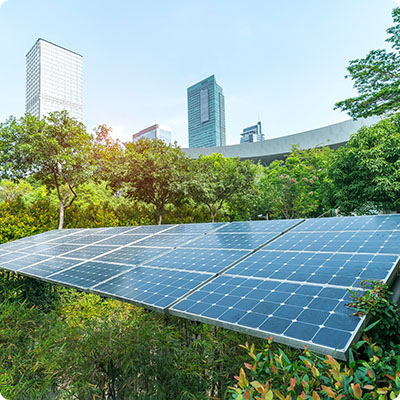Geneva hospitality
In the Middle Ages, Geneva's strategic location attracted many foreigners to its renowned fairs. It was undoubtedly already shaping its role of tolerance and openness. In 1536, the city adopted the Protestant religion, and for almost two hundred years, it welcomed Huguenot Protestants expelled from other European countries. A hospitable town, it became a city of refuge and asylum (1572, St. Bartholomew's Day massacre, first refuge, 1685, revocation of the Edict of Nantes, second refuge). The spirit of Geneva is conveyed in speeches, giving rise to the image of a welcoming city.
International place: the beginnings
Henri Dunant (bust of the statue at the foot of Montée de la Treille, Place Neuve) is credited with establishing Geneva as a leading international centre for human rights. A citizen of Geneva, he went to the battlefield of Solferino in June 1859 to exchange views with Napoleon III, with whom he wished to do business. Faced with the shock and horror of the Italian campaign, with 6,000 dead and 40,000 wounded, he decided to help the families of the victims. On his return to Geneva, he wrote about this tragedy in his book Un souvenir de Solférino, published in 1862. A committee of sixteen governments grew out of his humanitarian ideas and wartime neutrality. The first Geneva Convention was signed on August 22, 1864. The main principles and shared values of commitment were to care for the wounded without distinction of nationality, the neutrality (inviolability) of medical personnel and medical establishments, and to display the distinctive sign of the red cross on a white background as a protective emblem. Geneva'sCity Hall was the setting for this historic signature, which set the city on the path to international stature. In the years that followed, the idea of the Red Cross spread throughout the world. The International Committee of the Red Cross and Red Crescent (ICRC) has its own International Red Cross Museum. It is the only museum to highlight the history and current role of the world's first international organization. Note that the flag (red cross on white background) is that of the inverted colors of Switzerland.
Officially international!
Because of the excellent conditions it offers, Geneva was chosen in 1920 to host the headquarters of the League of Nations, considered to be the first international political institution. Housed in a magnificent 1875 palace facing the lake on the Quai Wilson (former 225-room National Hotel), the Secretariat of the League of Nations was established there. Four years later, the name was changed to Wilson Palace, in honour of Woodrow Wilson, President of the United States of America, who was the initiator of the League of Nations. To make matters worse, his country was never a member! Since 1988, the building has housed the Office of the High Commissioner for Human Rights (OHCHR).
A chair, a place, a neighborhood
A city within the city! The district of Nations extends from the Perle du Lac park to Grand-Saconnex, near the airport. A constantly evolving district that houses 34,000 international civil servants, diplomats and representatives of civil society. The Geneva International Welcome Center (CAGI) helps them with their relocation.
The urban reorganization is a long-term process and must take into account the arrival of visitors and the local population. No less than 4,400 visits per year by heads of state and government, ministers and other dignitaries and more than 3,200 conferences per year, with the participation of approximately 207,000 delegates from all over the world. The symbolic Place des Nations, which faces the 193 flags (member countries in 2020) of the Palais des Nations, embodies this international crossroads. The layout of the square, its sculptures such as the imposing Broken Chair resting on three legs, express peace. Daniel Berset's work measures 12 m and weighs 5,500 kg of wood. It symbolizes the international action for the prohibition and elimination of antipersonnel mines. The floor of the square is covered with strips of granite from many UN member countries. Hans Erni's 100-meter-long peace mural covers the entrance wall of the Palais des Nations.











